Freekah
Freekah
is young green wheat that has been toasted and cracked. It’s a healthy whole grain food, much like bulgur wheat, wheat berries and other whole grains.
Freekeh is part of the “ancient grain” food and health trend that also includes quinoa and teff and is very popular amongst vegetarians and vegans. You might occasionally see freekeh called farik or even frik.
Why Should I Eat Freekeh?
- Fiber, fiber, fiber! The incredibly high fiber content of freekeh has been credited with weightloss (since fiber fills you up and keeps you feeling full), and, if you’re not eating a healthy well-balanced diet already, you could probably use more fiber in your diet.
- Whole grains such as freekeh are full of essential nutrients such as selenium, potassium, and magnesium.
- Like quinoa, freekeh makes an excellent source of protein for vegetarian and vegans.
Vegetarians and vegans should note that freekeh also contains plenty of zinc if that’s one of your concerns. And ladies, it’s also if that’s one of your concerns. And ladies, it’s also high in iron.
To prepare freekeh, you’ll want a little bit more than a 2:1 ratio of liquid to freekeh, so about 2 1/2 cups of water or vegetable broth for every cup of freekeh. Simmer freekeh, covered, for 15-20 minutes. When the liquid is absorbed and the grains are soft, they’re ready to be used. Like pasta, some people prefer to cook freekeh in salted water with a bit of oil, but this is a personal preference.
Freekeh is used a lot in Turkey/ Antakya, ancient Antioch, and pairs with bulgur, vegetables and meat beautifully. Freekeh is a cereal food made from green wheat that goes through a roasting process in its production. Freekeh is a popular and ancient grain used Middle Eastern & Southern Turkish cuisine and also popular in Levantine, Egyptian, Arabian Peninsula and North African cuisine.



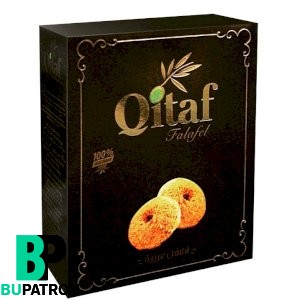
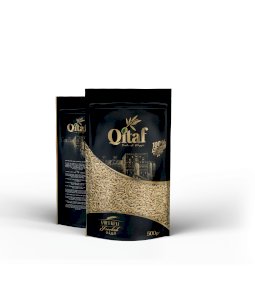
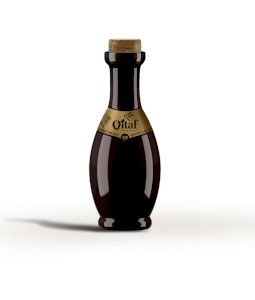
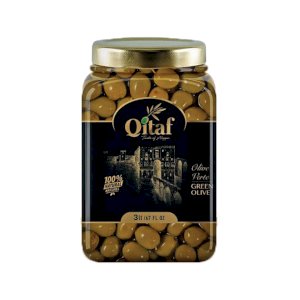
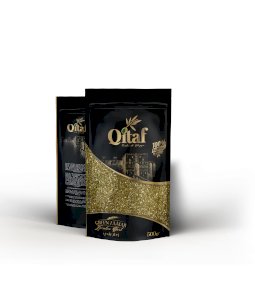
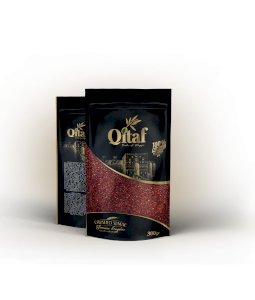
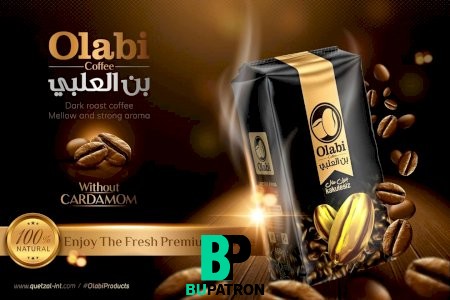
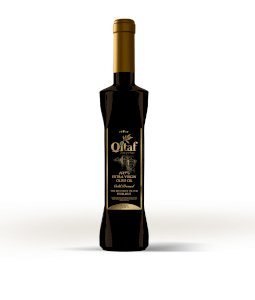
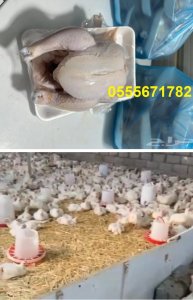
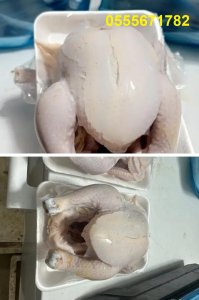
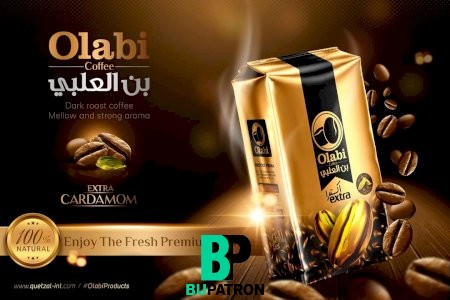
لا توجد تعليقات وجدت لهذا المنتج. كن أول من يعلق!